I believe all of us with a Yugoslavian descent and born in 70-ies each have a personal story with the WWII monuments (“spomeniks”). Besides the amazing Kempenaers Yugoslavia monuments presented in his book “Jan Kempenaers – Spomenik“, there are many more monuments scattered all around the territory of ex-Yugoslavia.  Every summer, when visiting my grandparents in Serbia, the spomenik in a park in Pozarevac was my playground, and I remember very well the memorable monument made out of human sculls in Nis…
Below is the write up by John Bailey at ASC, you will learn not only about the monuments but about Yugoslavia history as well.
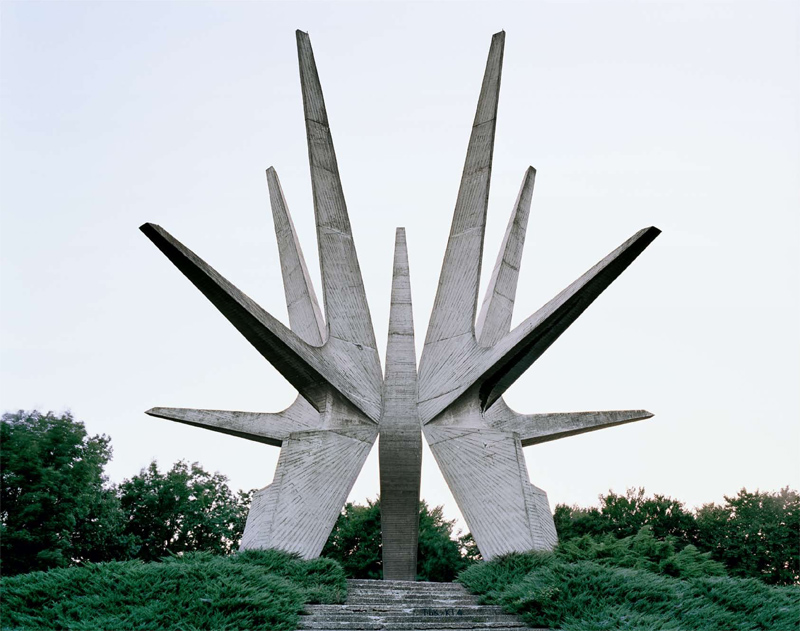
There are hundreds of spomeniks (Kempenaers monuments) scattered throughout villages and rural landscapes in the former Yugoslavia. Once the site of pilgrimages by schoolchildren, military veterans, patriots, and mourners who had lost family in WWII, these Spomeniks (monuments) are today rarely visited. Often built out of concrete in a style dubbed Brutalism, these secular totems were meant to endure, impervious to the mere march of time—a testament and continuous witness to the new unity of the historically fractious Balkan states—the unity of all the Slavs, YUGOSLAVIA.
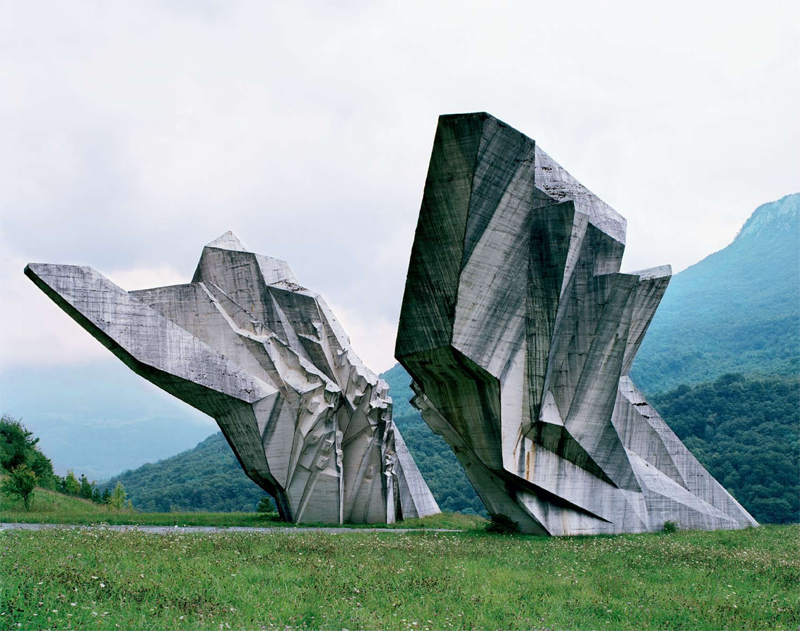
But the wounds of history never fully heal; they continue to suppurate, bleeding in many directions. A country held together (as they often are) by a charismatic and feared leader, President for Life, Marshall Josip Broz Tito, Yugoslavia tried to forget the centuries old enmities and religious and ethnic conflicts exacerbated by WWII— by unfurling the banner of a homegrown brand of communism that defined itself on the world stage as “non-aligned.†Somehow, an ersatz nation that seemed at first only a tenuous alignment of many languages, ethnicities and religions, stuck together for more than 35 years after the end of the war. During this time, the Spomeniks were commissioned and built.
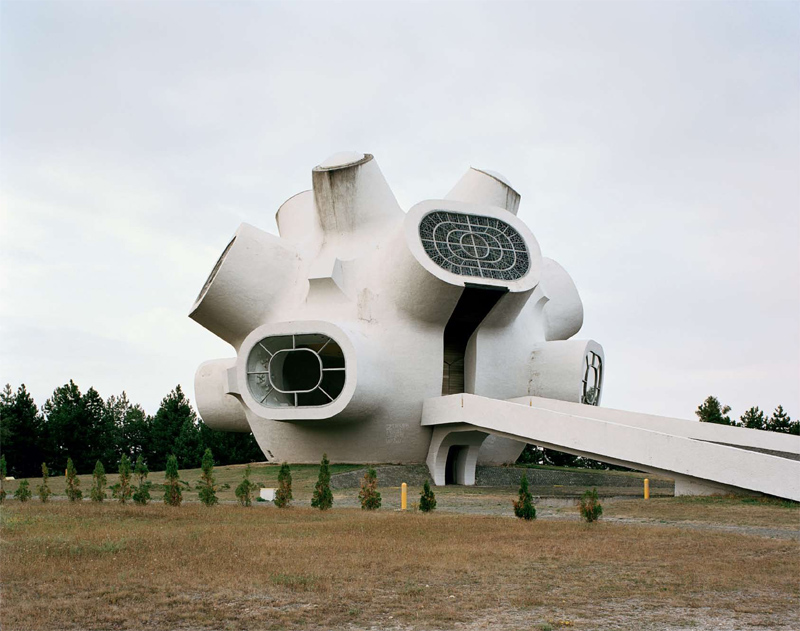
Twentieth century Yugoslavia was formed in late 1918, a month after the end of WWI and the collapse of the Austro-Hungarian Empire. In late 1941, the Axis Powers invaded, and control of Yugoslavia was parceled up, mainly between the Italians and the Germans. Occupation oppression was most severe in Croatia where the Nazi-supported Ustase government murdered up to one-half million Serbs, setting the stage for retributions by the Serbs in the Balkan War of the mid-90s. This slaughter of and by Serbs and Croations was not singular; atrocities coursed like fetid blood through all Slav ethnic arteries.
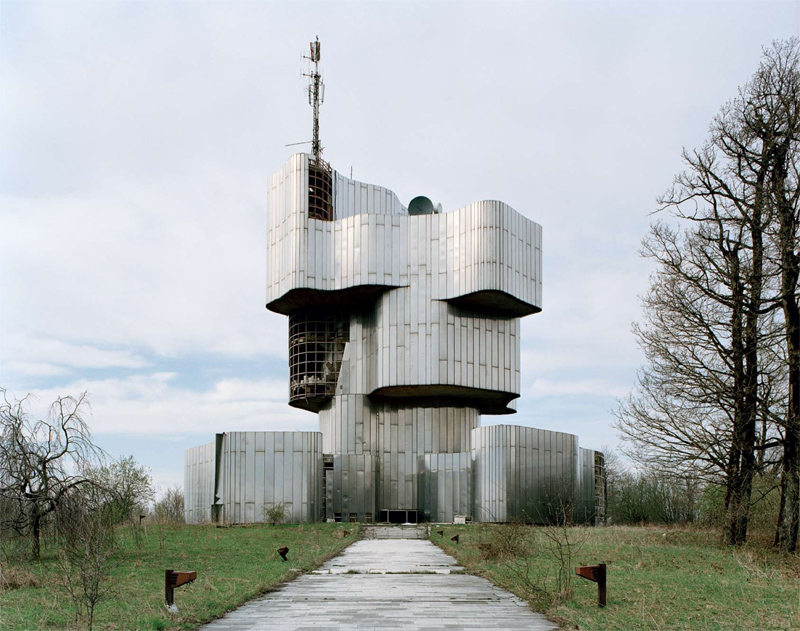
Post WWII unity under the victorious partisan Communists was promising, and in 1946 the Federal People’s Republic of Yugoslavia was born. The Spomeniks began to appear shortly afterwards, often in pristine rural settings, a kind of neutral no-man’s land that would not bear the troubling memories of wartime factional, urban conflict. Many were erected adjacent to cemeteries for the war dead; they became a unifying marker of shared national loss and grief, irrespective of ethnic affiliations.
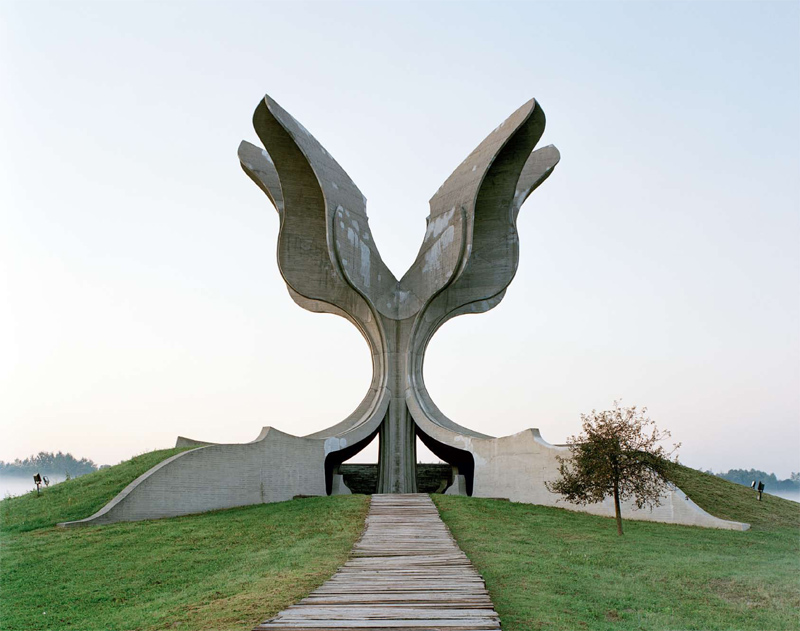
There seems to be no architectural template from a central committee for the design of the Spomeniks—perhaps deliberately so for a country that did not choose to define itself as “totalitarian.â€Â The rigid impersonality and conformity of much Nazi and Stalinist architecture and sculpture was studiously avoided, as was any attempt to create heroic, realistic, figurative statues of war heroes or martyrs. Some of the monuments even seem to be of an organic or crystalline origin blown up to steroidal proportions.
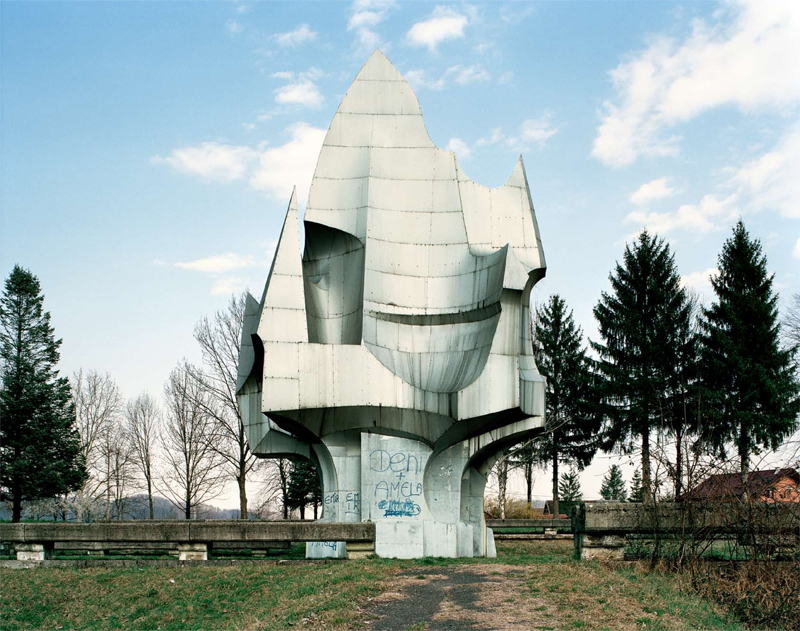
Many building materials were chosen but the one most favored for strength and flexibility was reinforced concrete, “beton brut,†the chosen material of the architect Le Corbusier. This French master’s grandiose schemes became a sought after model for much urban design in the immediate post-war era. Corbusier’s concept of the “radiant city†may never have gained much traction in the real world, but some of its tropes, especially the idea of enveloping greenspace, can be found in the Spomenik sites. Some of these structures appear to be actual buildings, though devoid of viable internal living spaces.
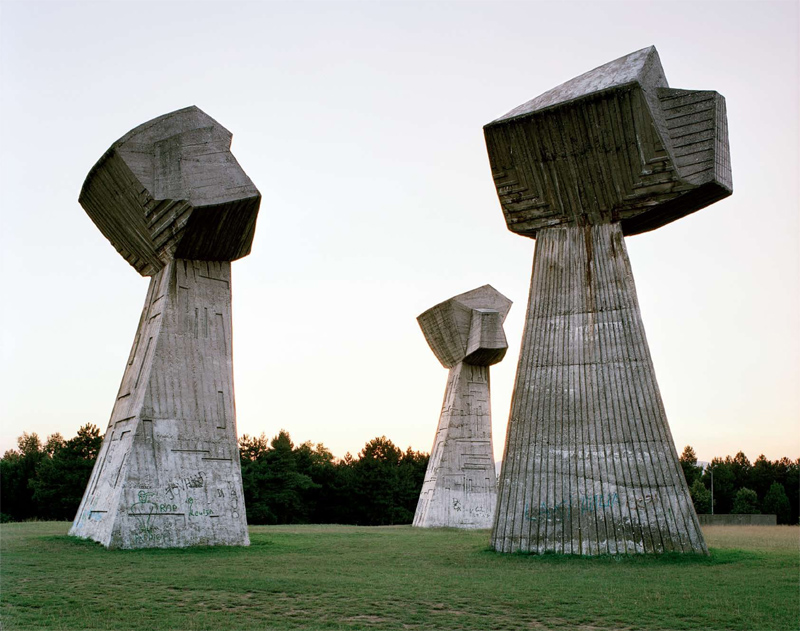
Others resemble futuristic housing along the lines of a Disneyland “Tomorrowland.†They incorporate access ramps and windows.
The Belgian photographer, Jan Kempenaers, has traveled the many countries of the Balkans during the past decade and has recorded these monoliths with his camera. He has compiled several dozen of them into a book, titled simply Spomenik.
Spomenik the end of history on Amazon:
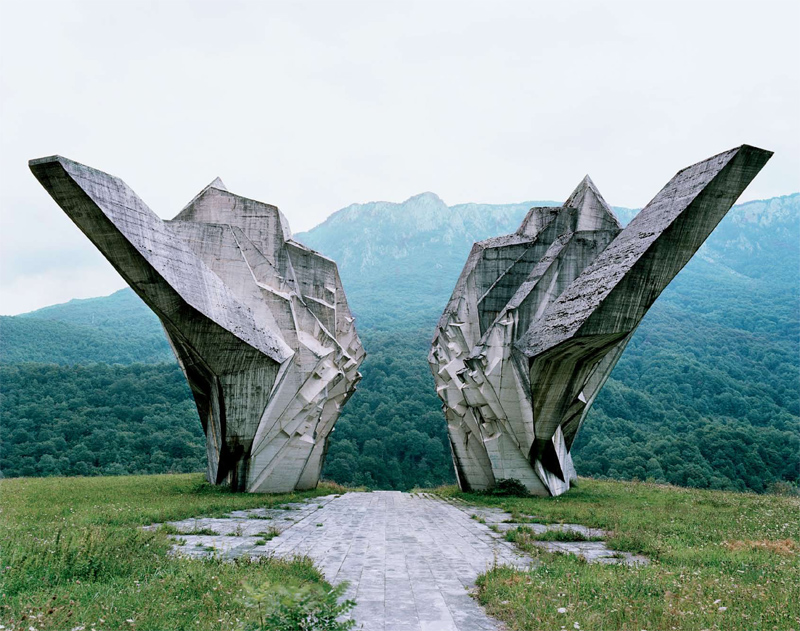
Kempenaers, as an artist, is interested not principally in the historical background or in the ongoing socio-political implications of these eroding artifacts; he is a photographer of a particular bent. I have found no personal or art-critical analysis of his intentions—but it is clear that the layout of his book follows the design precepts of what is often called “photo taxonomy.†Key proponents of this approach (teachers of a whole generation of contemporary German photographers of international importance) were the husband and wife team of Bernd and Hilla Becher, whose Dusseldorf School has been one of the strongest influences on late 20th century German photography. The Bechers published over a dozen books, mainly documenting German sites, but also ones in the United States. They were vanguard artists of “typologies,†images and books focused on picturing dozens of utilitarian structures—water towers, coal tipples, blast furnaces, natural gas tanks, cooling towers.
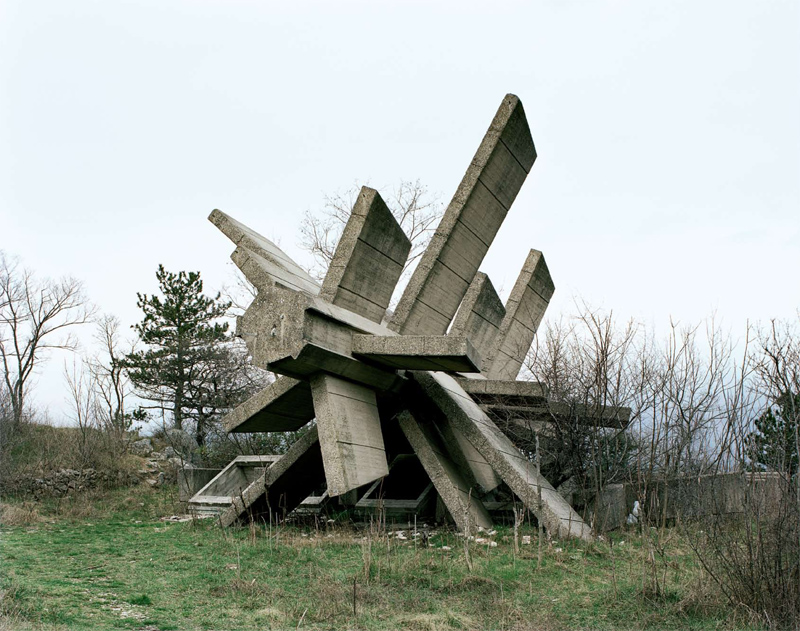
Marshall Tito died on May 4, 1980. The Yugoslav federation was already weakened by recession and was struggling with an IMF loan; latent ethnic tensions within and among the six Socialist Republics re-emerged during the late 80s. After the fall of communism in most of Eastern Europe, multi-party elections were held throughout Yugoslavia in 1990. Tensions mounted and boiled over; abortive secessions erupted and several succeeded, with Slovenia being the first to break away. Chaos was followed by mass killings throughout the former YUGO-slavia and the catchword “ethnic cleansing†became the PC version of “genocide,†an easy verbal palliative for Western Europe to step away from the consequences of the near century-old mandate that had grown out of the geographical rubble of WWI.
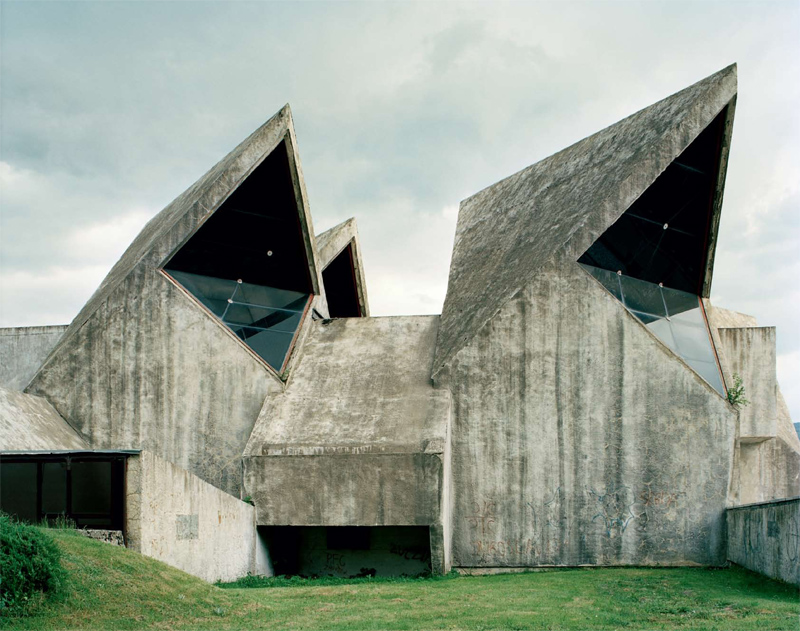
Several of the Spomeniks thrust themselves into the bald sky as though they were nothing more than outsized abstract sculptures. Imagine a modernist like Brancusi given the resources to explode his aesthetic into the stratosphere. One thing that is so maddening about them is the total impersonality they present, a clear attempt to eschew any partisan/ethnic allegiance: thereby rendering them essentially meaningless to the caravans of school children bussed in to see them. There is no emotional context here—any more than there is in looking at a water tower or gas tank as photographed by the Bechers.
Others do seem to project hints of a socio-militaristic bent.
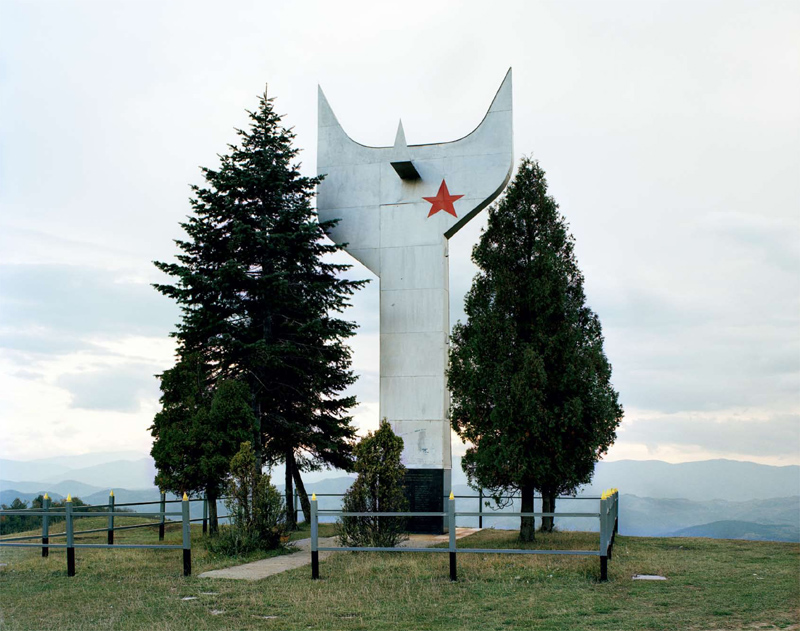
Kempenaers made a clear decision to photograph the Spomeniks from a singular vantage point: straightforward, either head-on or at the slightest rake angle, at eye level. He studiously avoided any attempt to distort the field of view with a wide-angle lens. It is an axiom of criticism that there is no such thing as an “objective†photograph—there is always deliberation, even when considering the “shoot from the hip†aesthetic of a Garry Winogrand. But Kempenaers does strive to neutralize his presence as an artist.
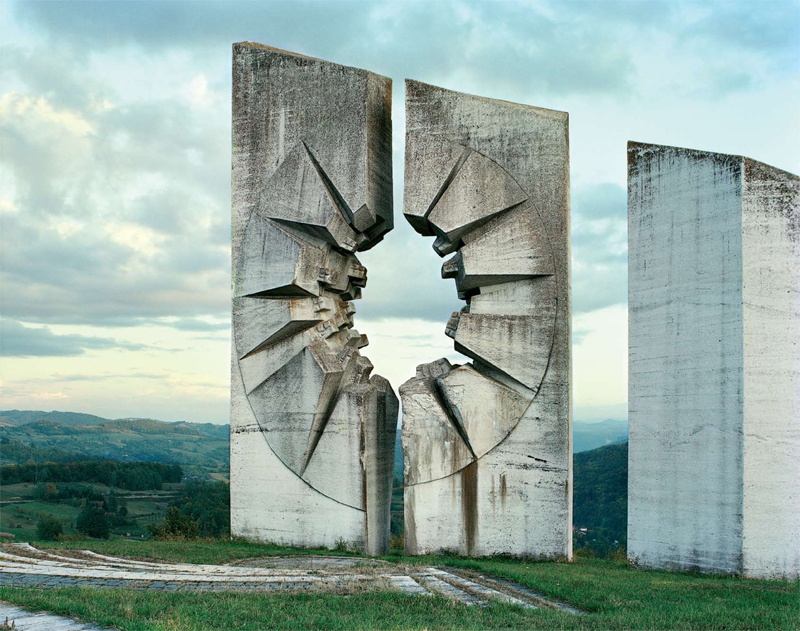
Some of the Spomeniks show clear evidence of neglect, with underbrush and trees taking root around them. It is difficult to determine whether the piece shown above is a fallen fragment of a greater structure—or whether its concrete kindling tumble is its actual design.
Several of the monuments rise beyond the impersonality of the majority, and seem to aspire to lyrical arabesques. Or, they are insistently metaphoric in blasted recollections of war’s genocides.
But Kempenaers’ most unequivocal message (and one that represents an underlying reality) is shown in two photographs.
Like the wrecked hull of a once proud ship, the skeleton of the above Spomenik rises out of the graffitied rubble beneath.
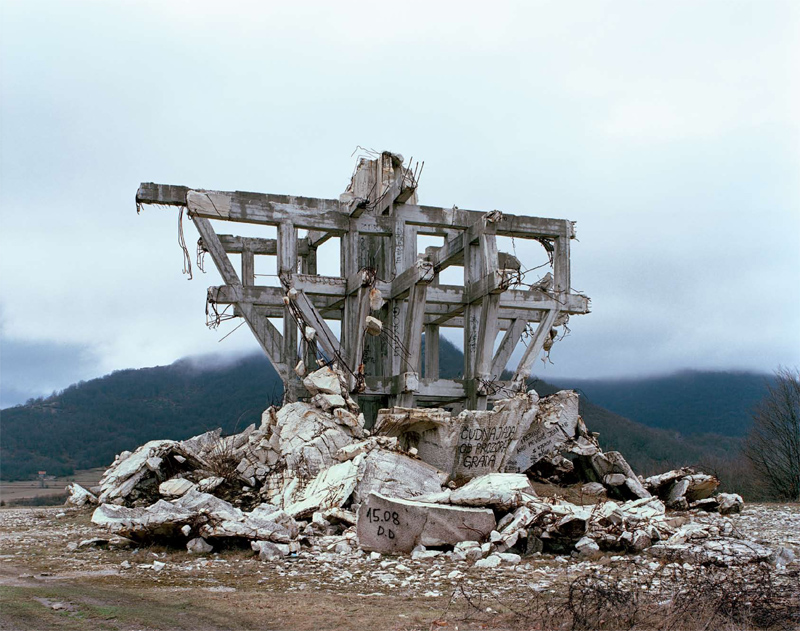
Another Spomenik is so in ruins that its spiked branches seem to be merging into the surrounding boulders. Projecting re-bars at the top are defunct tendrils of a long dead organism.
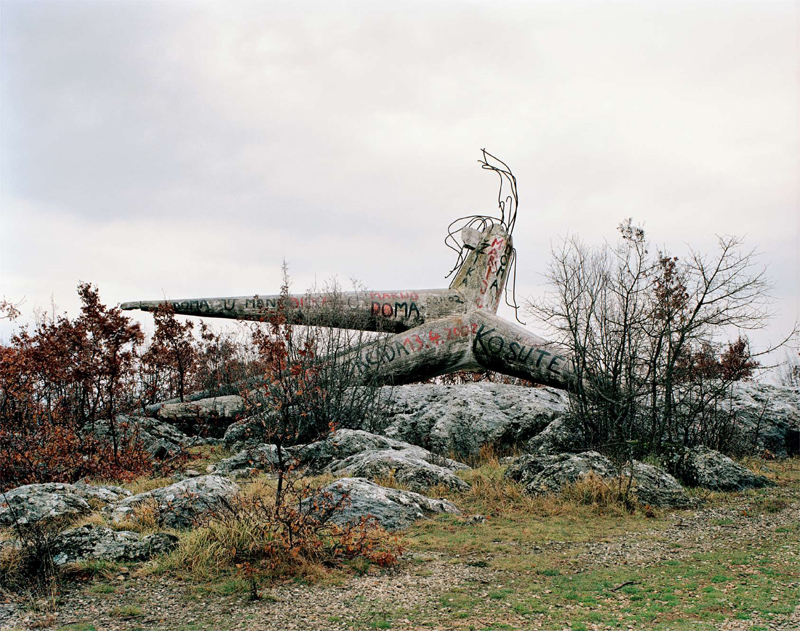





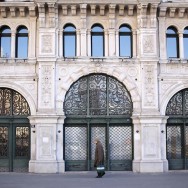


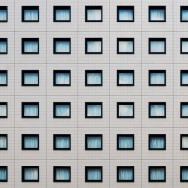


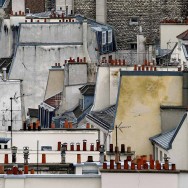
These ar e so magnificent!!! WAY TOO BAD THAT SOME HAVE BEEN ATTACKED BY “Grafitti”..
These are incredible. Very haunting. Reminds me of something you would find on a planet that was formerly inhabited, but had all intelligent life wiped out, leaving empty cities overrun by wilderness.